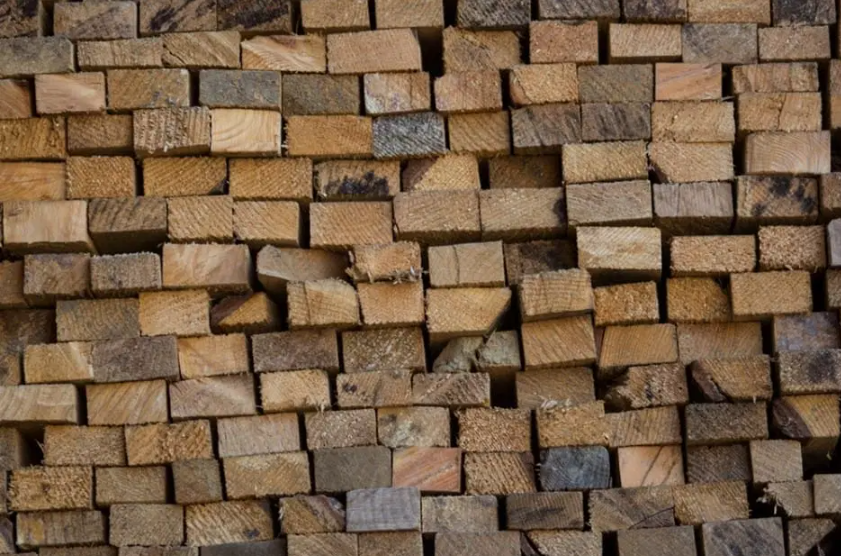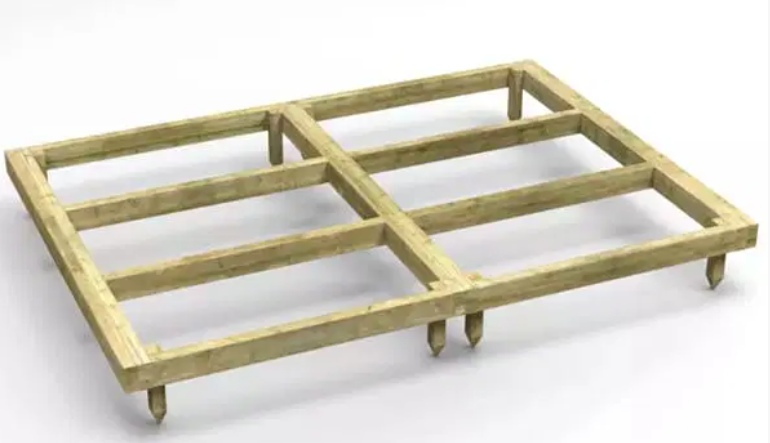What is tanalised timber?Updated 9 months ago
Using timber isn’t just about cutting down trees and using raw product, timber requires treatment in order to get the best from it and guarantee longevity from the products that you’re manufacturing. Picture any forest or wood, fallen trees will eventually begin to rot and decay, this is exactly what the tanalised wood is designed to avoid.
At Powersheds, we’re proud to offer high-quality timber that stands the test of time, and all our shed base kits, Premium sheds, Pergolas and Gazebos are made from pressure-treated tanalised timber. Let’s take a look at exactly what tanalised timber is and the effects that the process has on wood.

Tanalised Timber: What is it?
Tanalised timber, often known as pressure-treated, is a timber that has been impregnated with a preservative solution by using an industrial vessel that does this under high vacuum pressure. Amongst other things, one of the treatments used on the timber is called Tanalith E and is used because it stops the wood from rotting and has proven qualities that work to stop fungal decay and insect ingress.
When it comes to making shed bases, using tanalised timber means that the base, which is exposed to much damper conditions and regular insect attacks than other areas of the shed, will last a lot longer and not begin to suffer when it comes to quality and structural integrity.
How Does Tanalised Timber Treatment Work?
Tanalised timber treatment is carried out at high pressure and must be done on an industrial scale. The timber is placed into a large container on an industrial scale, at this point it is completely flooded and submerged with the tanalising wood preservative. Once the timber is flooded, the whole container is put under high hydraulic pressure, which forces the preservative into the timber and ensures it’s effectively treated. The final step is to relieve the pressure in the tank and break the vacuum, this allows the low pressure in the timber to draw in the preservative.
This process means that tanalised timber can only be done on a large scale and isn’t something that smaller manufacturers, or even those at home, can do to their timber. Once the treatment is finished, the tanalised timber will have a slight green colour to it.

How Long Will Tanalised Timber Last in the Ground?
As a rule, the outside of the tanalised timber should last for around 30 years, with the inside having an expected lifespan of around 60 years. The tanalised timber treatment process is special in that it doesn’t require any regular upkeep, unlike many wood treatments that may need a new coat annually.
As with any wood product, the location and exposure to elements will have a major deciding factor on how long it stays rot-free and in good condition. You can, of course, also choose to apply paint or any extra treatment to the wood in this time.
At Powersheds, we believe in using the best possible materials in the manufacture of our sheds. So, whether you’re purchasing a shed, pergola, gazebo, log cabin or tanalised timber shed base, our goal is to make sure your shed looks great and stays in the best possible condition for many years.
Please note:
Timber is naturally porous, and while pressure treatment offers significant benefits - such as protection against rot - it does not make the wood waterproof. In fact, freshly pressure-treated timber can retain moisture from the pressure treating process, which may increase its susceptibility to absorbing rainwater.
This occurs because:
• When timber is already damp, its fibres expand, making it more receptive to further moisture.
• If treatment is applied to wood that has not fully dried, it may not be fully absorbed or could trap moisture inside, potentially reducing its effectiveness. Pressure treatment can leave moisture in the wood, which may prevent proper absorption of the waterproofing treatment, leading to uneven coverage or reduced effectiveness. A damp surface can also cause the treatment to peel or wash away over time.
To ensure the longevity of your shed, we recommend applying a high-quality waterproofing preserver to an installed shed as soon as it is completely dry. We would recommend, weather permitting, ventilating the shed (such as leaving the door open for 24 hours) allowing the timber to dry completely before applying any treatment. In wet weather conditions, you may need to find other ways to dry the shed (e.g. a dehumidifier) before applying waterproofing preserver.
Different types of wood may be better suited to specific treatments, so we recommend consulting your treatment supplier for the most suitable option.
Waterproofing is essential to prevent potential water damage / ingress.